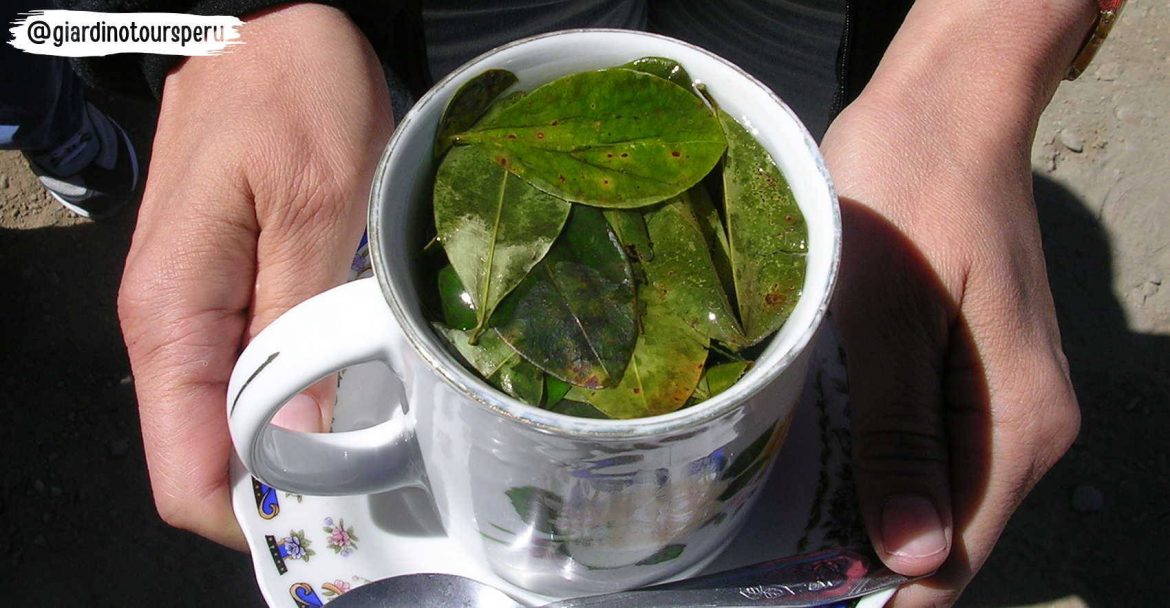5.2K
Altitude Mountain sickness Called “Soroche” in Peru is the most common sickness that affects more than 50 percent of people who ascend higher than 8,000 feet (2,400 meters) in a relatively short time span. It’s caused by the lower levels of oxygen in the air at high elevations; your lungs can’t take in as much oxygen as they’re used to and your heart and lungs have to work harder to keep your blood oxygenated.
Symptoms of acute Altitude mountain sickness include:
- Dizziness.
- Headaches.
- Dehydration.
- Feeling tired.
- Loss of appetite.
- Sleep issues.
- Nervousness.
- Heavy breathing.
- Increased cardiac rhythm.
- Digestive issues.
How to prevent Altitude Mountain sickness:
- Hydration is important. It is recommended to drink at least 2 or 3 liters of water a day to help your body acclimatize.
- Eat healthy and consequently. You may experience loss of appetite but your body needs energy; carbohydrates such as pasta, bread, potatoes, fruits and flour based products will
help stabilize your energy levels. - Avoid alcohol, coffee, sodas, salt and unhealthy food.
- Your body needs generally about 3 to 5 days to acclimatize above 2500 meters of altitude (8000 ft.).
- Resting is important. Pillows to sleep at a 30 degrees angle is recommended.
- Coca leaves, although illegal in the US, help a lot improving your condition in altitude. You can either chew it or drink it in a tea. A cup or two in the morning will already help a lot.

